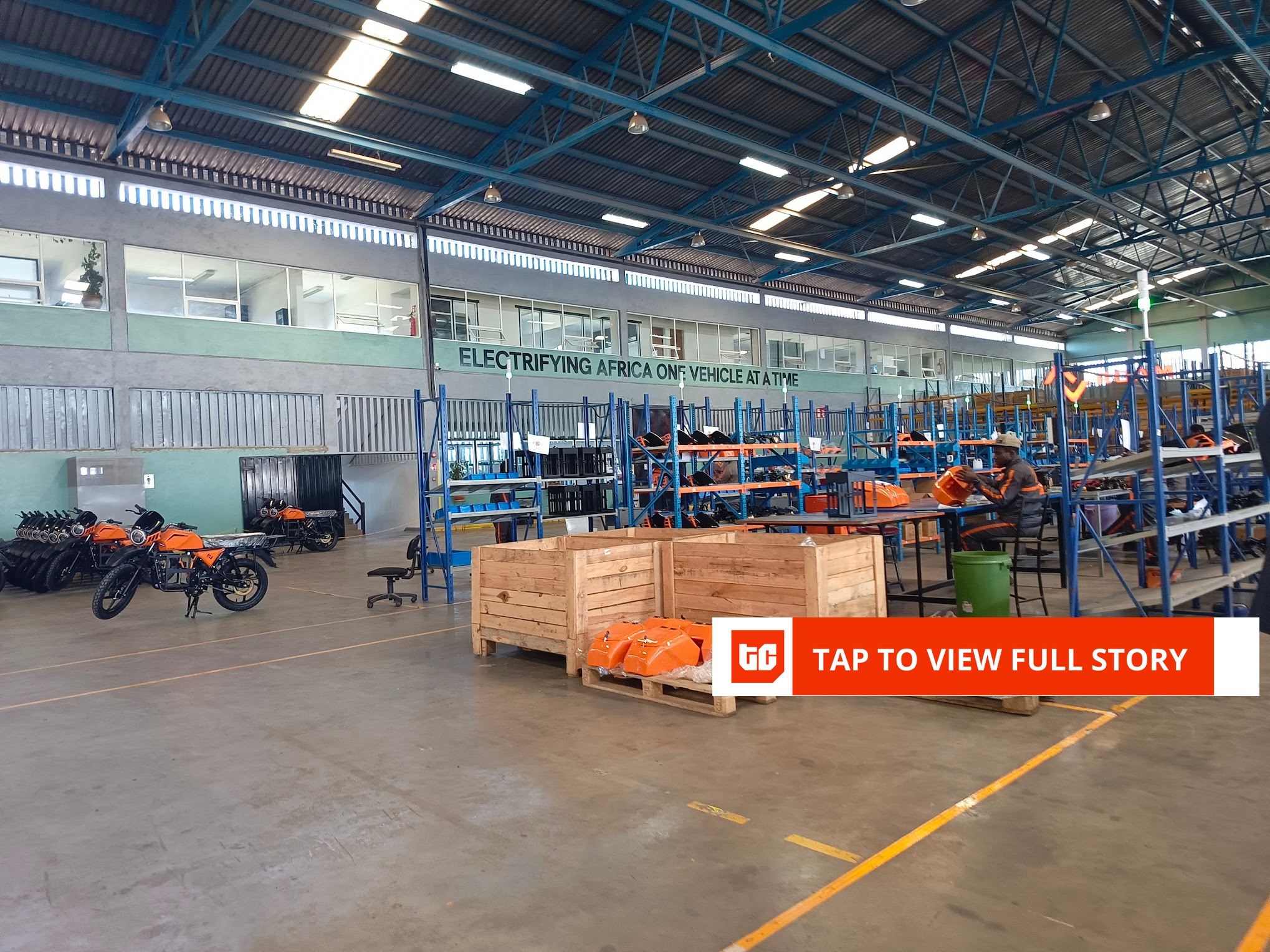About 10 kilometres from Nairobi’s central business district, inside the city’s industrial zone along Mombasa Road, Roam Park sits behind a modest gate. The 10,000-square-metre facility is the site of Roam’s unfolding electric motorcycle assembly facility. Around 20 to 30 Kenyan technicians and engineers are spread across different stations inside the facility, including warehousing, fabrication, welding, electronics, and testing. One locked room houses the battery diagnostics lab, and visitors aren’t allowed in. “That tech is internal,” says Habib Lukaya, Roam’s regional sales manager. The floor runs quietly but steadily, with whole bikes taking shape as the pieces move from station to station, built mostly by hand.
Image Source:
The plant is 36% complete, but assembles 12 to 15 electric bikes daily. Once fully up, it could produce up to 50,000 bikes a year, a serious claim by Lukaya.
The Nairobi-based startup, known for its two-wheelers, is shifting from importing fully built units to putting together bikes locally, including some component integration. At the centre of that push are the Roam Air and its newer version, the Roam Air V2.
“We’ve tried to improve what riders care about most, including speed and battery life, and load,” said Lukaya as he introduced the new electric motorcycles to some members of the press.
Roam Air V2 now comes with two batteries, charges fully in 45 minutes, and can carry up to 240 kilograms. It has a range of 100 to 120 kilometres and a lighter frame. Each battery weighs about 20 kilos, lasts up to five years, and supports 800 to 1,200 full charge cycles. Riders own their batteries, which include trackers to monitor performance.
While rivals like Ampersand and ARC Ride rely on battery swapping, Roam is sticking with a charging model. “We want riders to have full ownership of the battery,” said Lukaya.
Roam uses open architecture, which allows other battery models to be charged at its facilities. The company is building out its charging network in Kenya and has partnered with Total Energies and supermarket retailer Quickmart to set up charging stations. Riders can use an app to find charging spots.

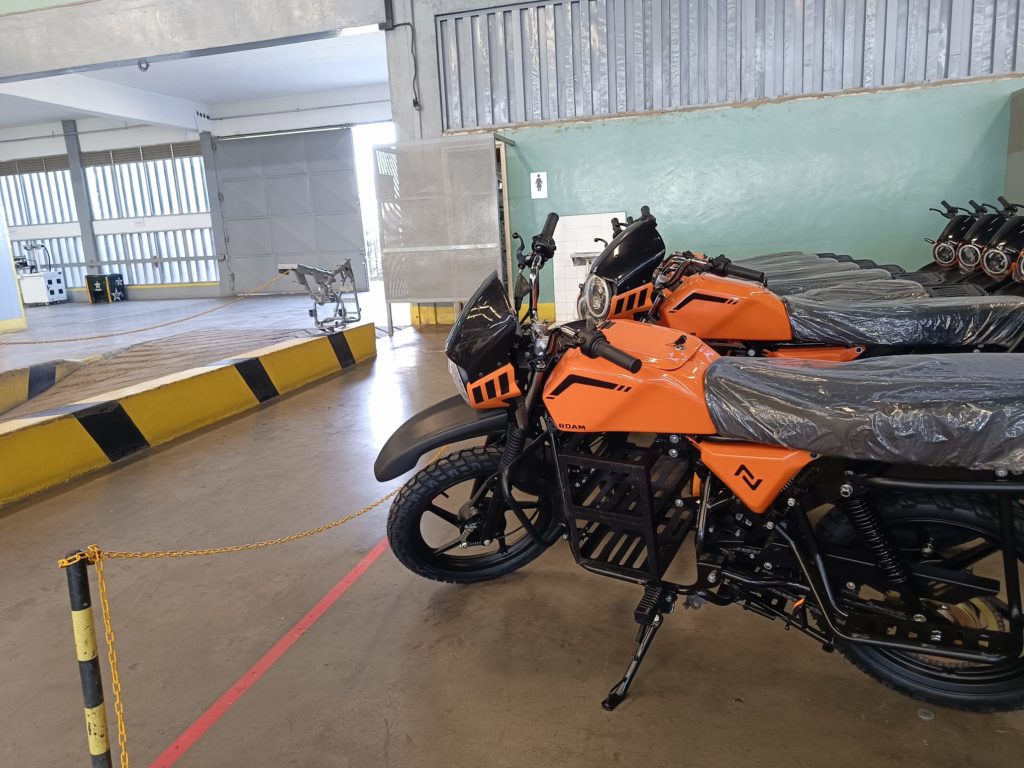
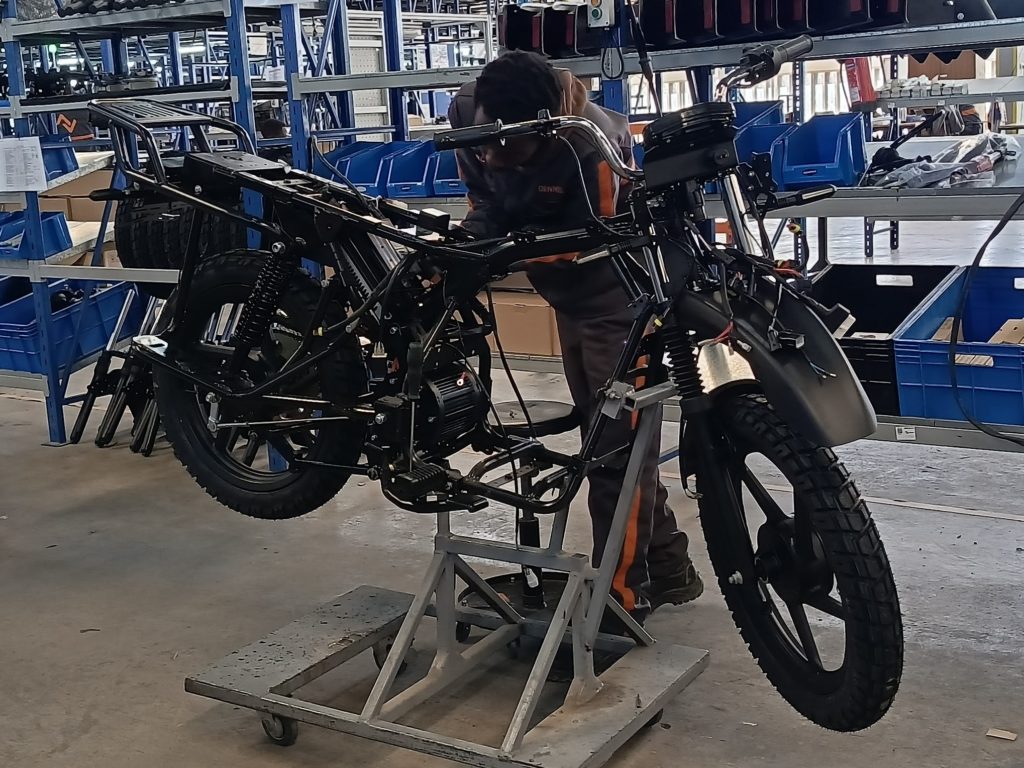
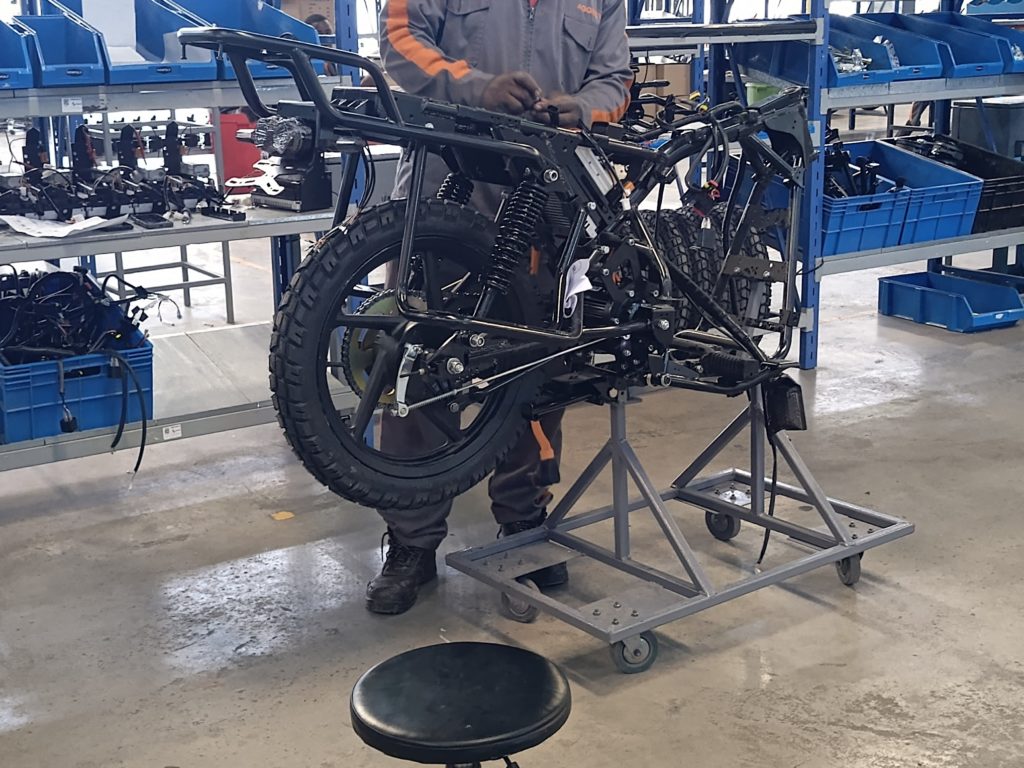
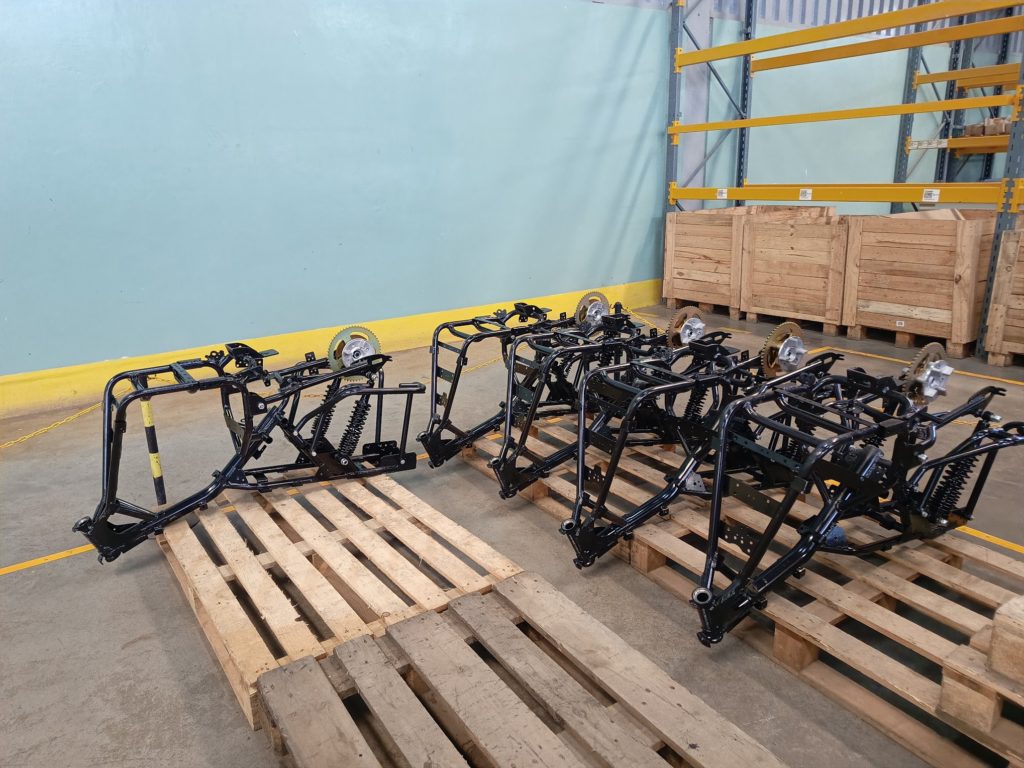
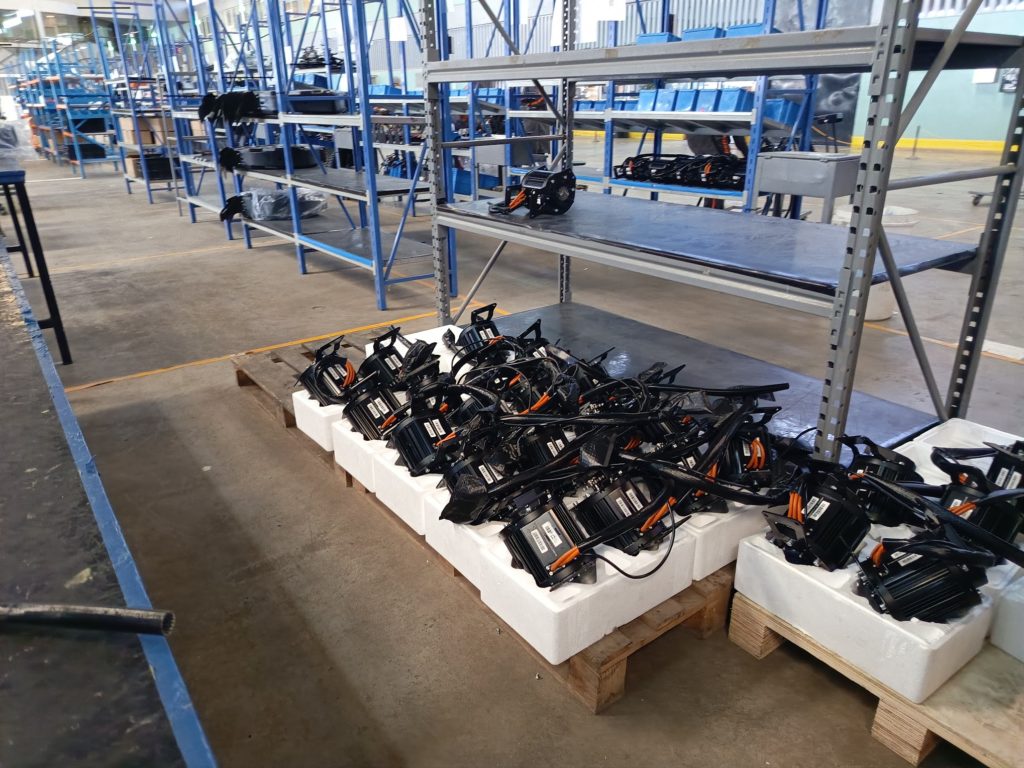
How the Roam plant works
The facility has distinct sections for warehousing, assembly, body work, fabrication, engineering, after-sales support, and a battery lab. Lukaya said bikes are built from components supplied by different international partners, as no single supplier provides more than one part. Roam imports batteries and motors from China.
It takes about 30 minutes to assemble one bike on the main line. Once quality checks are completed, the bikes are ready for dispatch to customers.
The facility also has a battery testing zone, and while visitors weren’t allowed to enter, Lukaya noted that this area is reserved for performance and charging tests, including Roam’s proprietary fast-charging technology, which remains confidential.
Roam also runs a battery buyback programme, collecting used or degraded batteries at the end of their useful life. Typically, these batteries fall below 80% state-of-health, meaning they no longer hold charge as expected. The company says the battery recycling effort will scale at the end of 2025, once enough units have been in the field for at least three years.
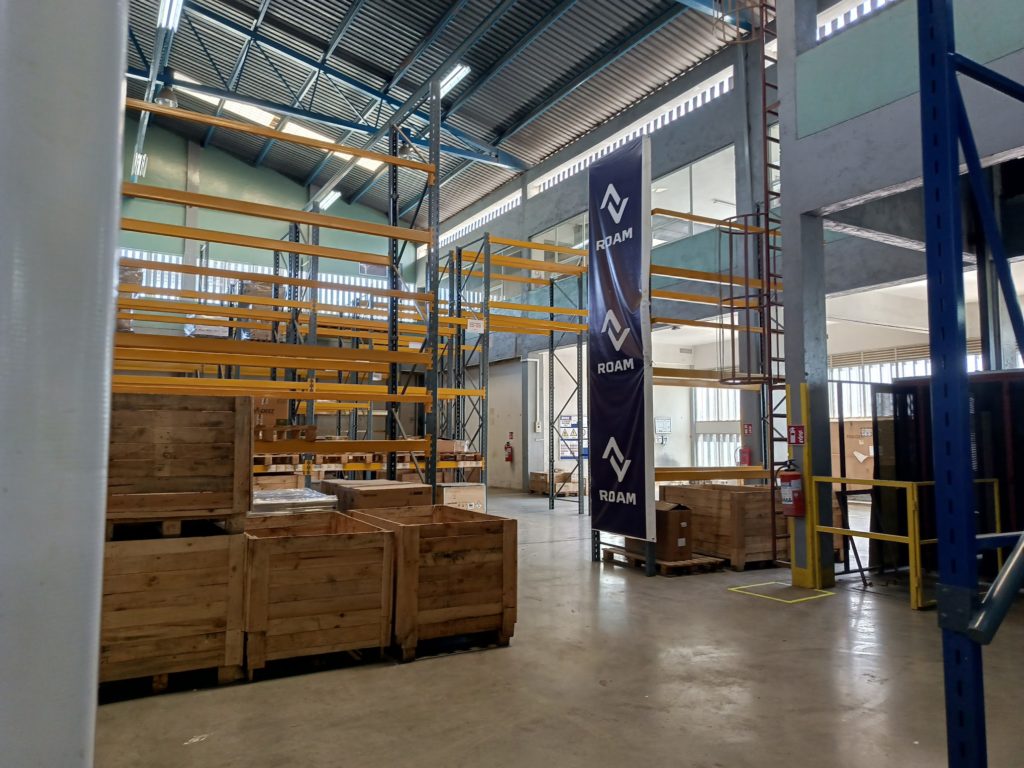
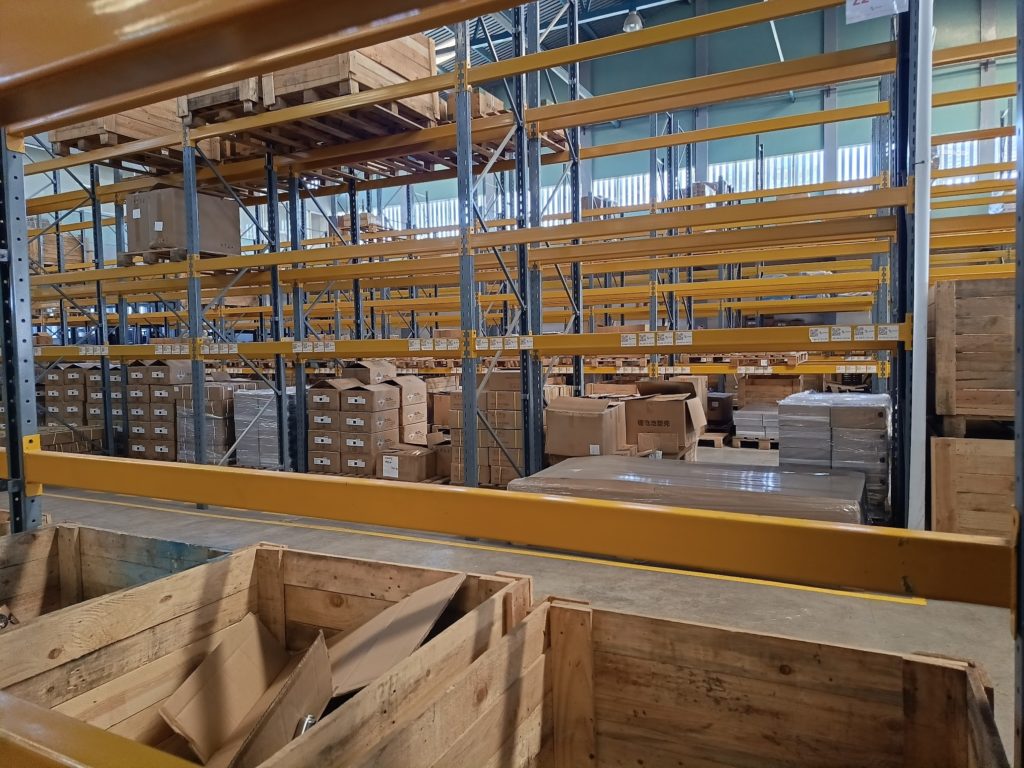

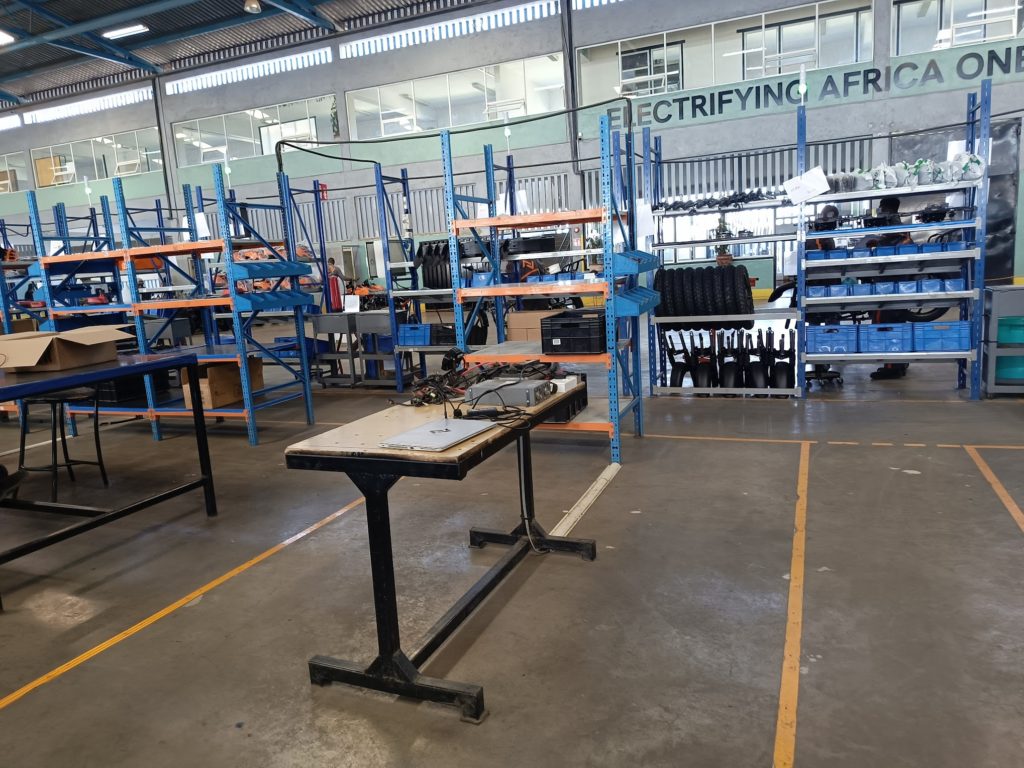
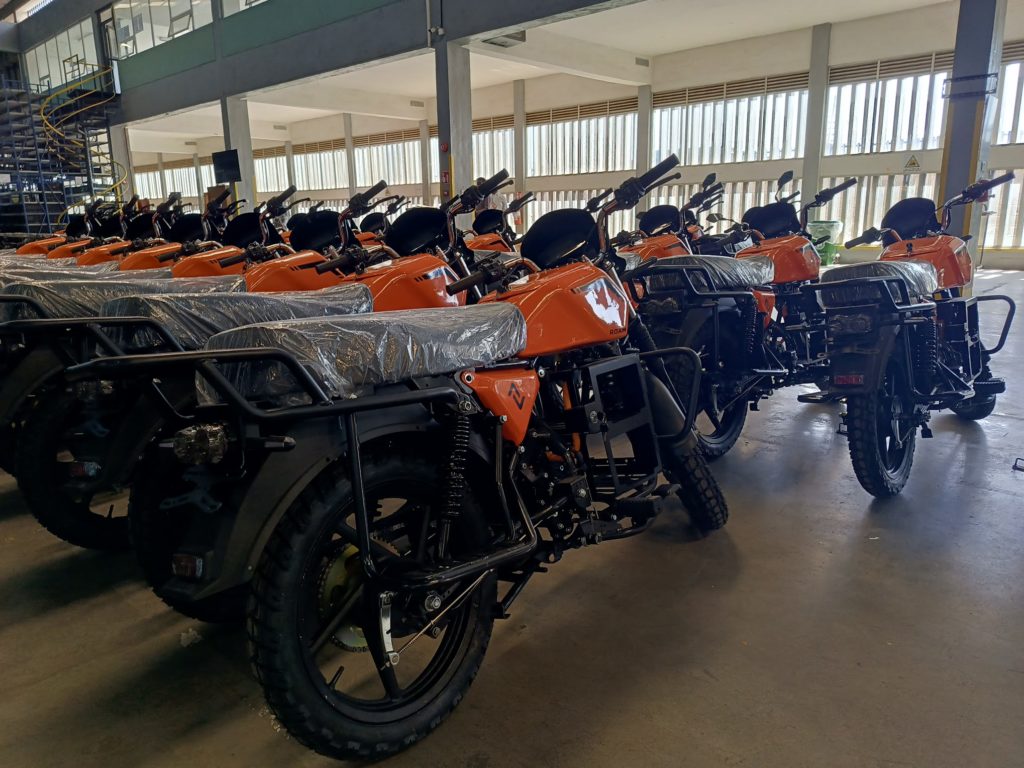
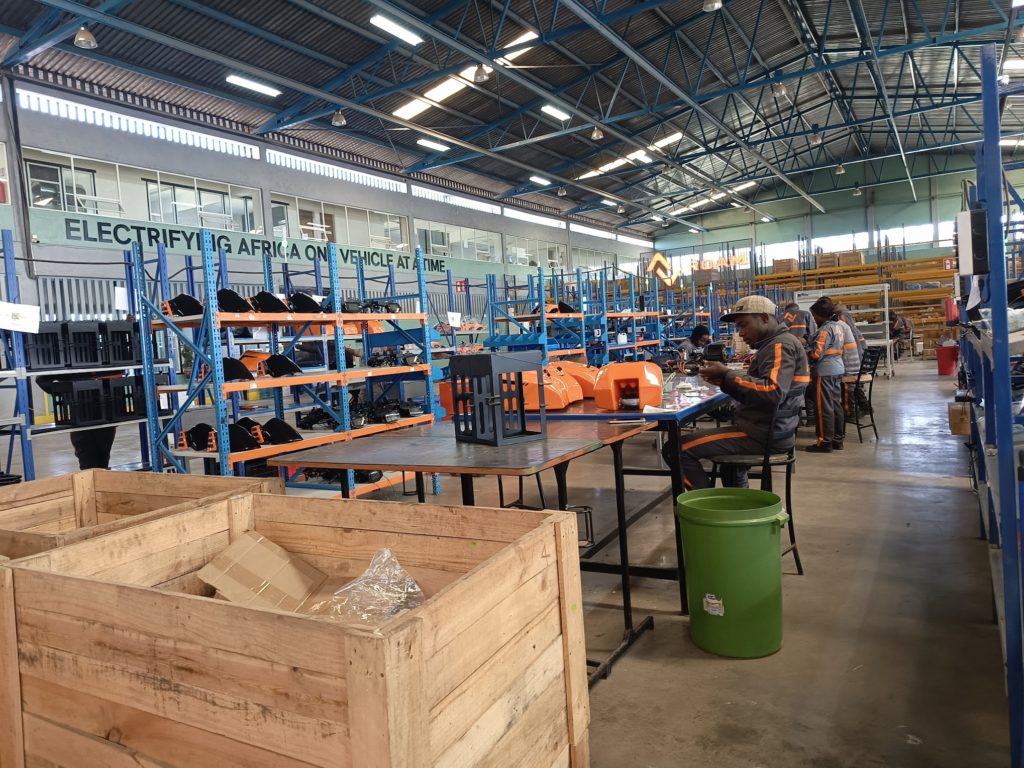
A look at the numbers
The Roam Air costs $2,290 (about KES 297,000). With dual batteries, the cost rises slightly, up to around $2,500 depending on the version. Battery units account for 40 to 60% of the total bike cost.
“The price is still the same for Roam Air V2 is the same as V1, with most parts still imported from China and India, but we are looking to localise more parts as time passes to ensure the price becomes affordable for the boda boda rider. Also, the next battery generation we are working on will be a bit cheaper,” a Roam representative told .
Charging one battery to full costs about KES 150 ($1). Most riders top up with KES 80 ($0.6) worth of power per day. Given that the average rider covers about 150 kilometres daily and earns KES 4,000–5,000, charging costs are a small but steady expense.
Roam doesn’t offer direct credit sales, but partners with four major asset-financing firms: Watu Credit, M-KOPA, 4G Capital, and Mogo. For riders unable to pay upfront, each firm offers slightly different terms for financing the double-battery version of the Roam Air.
Financing agreements can run for 12, 18, or 24 months. Customers also have the option to purchase a single-battery bike or just the battery alone, depending on what they can afford or already own.
But even the most affordable options are still out of reach for many riders. A KES 25,000–35,000 ($194-232) deposit and daily fees north of KES 1,000 ($8) can be too much for those who already operate on thin margins. It’s not entirely clear how Roam expects this to scale among its core market of boda boda riders, most of whom live hand-to-mouth.
4G Capital is the most affordable financing option, while M-KOPA is the most expensive over the full term. The difference between the two extremes can be as much as KES 138,000 (around $1,060).
Roam doesn’t control its financing partners’ pricing models, but it relies heavily on these partnerships to move units in a price-sensitive market.
Where things stand
Roam is trying to walk a thin line by building local capacity without fully domesticating its supply chain. The plant is still dependent on foreign components, especially for high-cost parts like batteries and motors. But local fabrication and bodywork are growing, and the engineering team is based on-site.
Roam says that as the plant scales, the cost of production per unit should drop. But that depends on volume and whether local suppliers can enter the chain.
Roam expects to complete the Nairobi facility by the end of 2025. When fully operational, the plant will produce tens of thousands of electric bikes yearly, most for the local market.
The Roam Air V2 rollout will continue in stages, targeting riders in major towns and logistics operators looking to cut fuel costs. Roam is also pushing for more visibility in the regulatory and policy arena, where issues like EV taxation, power tariffs, and infrastructure access still lag.
But it’s focused on the basics, like building better bikes, making batteries last longer, and keeping riders on the road. The Nairobi plant is only a third done, but it’s already laying the groundwork for what an African EV company could look like with local designs and built for daily use.
For now, Roam is building for a future that hasn’t fully arrived. Riders want cheaper entry points. Roam wants local scale. It’s not yet clear if both sides will meet halfway.
Mark your calendars! Moonshot by is back in Lagos on October 15–16! Join Africa’s top founders, creatives & tech leaders for 2 days of keynotes, mixers & future-forward ideas. Early bird tickets now 20% off—don’t snooze! moonshot..com


